Great Dixter, Sissinghurst
by Sonia Feldman
After many years of refusing to learn even the names of plants, I took a big step in the other direction by agreeing to plan and then actually go on a tour of England’s great gardens with my mother. The following series gives an account of the four particularly glorious days of that trip during which we traveled through Kent, a region aptly named the Garden of England. Our tour took place at the end of May, and the descriptions of the gardens reflect that time of year. This is the second installment in the series. See the end of each article for a condensed itinerary of the entire tour.
Day Two: Visit Great Dixter House and Gardens, lunch at one of the gardens or return to The Milk House, visit Sissinghurst Castle Gardens, dinner at Three Chimneys, retire to same lodgings.
There’s no need for strenuous early rising on this grand tour; none of these gardens open before 10am. Wake at your leisure, and then drive to Great Dixter. This famed Arts and Crafts style garden first came into renown under the ownership of Christopher Lloyd, a gardener and well known garden writer. He inherited the property from his father and wrote about the garden throughout his 50 year career as an author. He favored a dense, labor intensive approach to planting, and today every inch of the garden seems to have something living in it. A procession of garden rooms lead you through the property, and each has something to surprise.



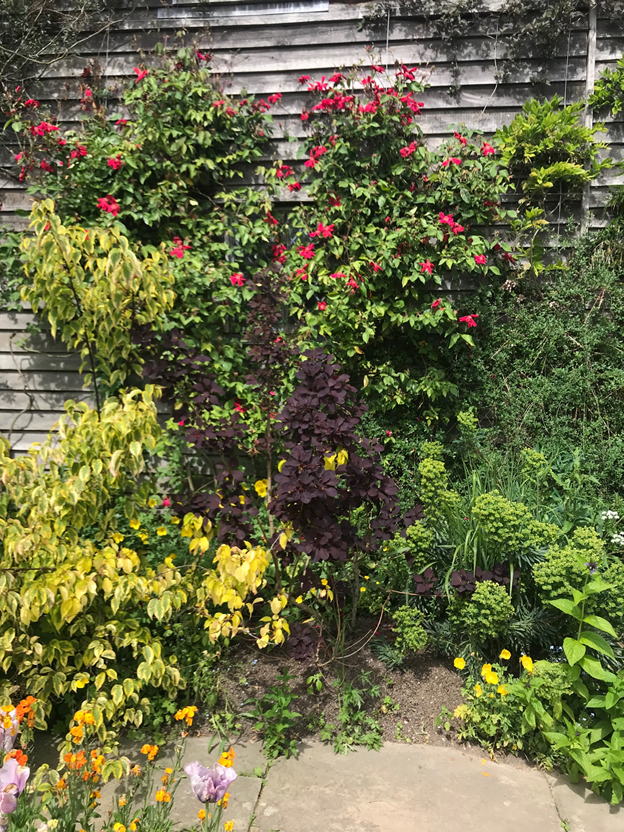
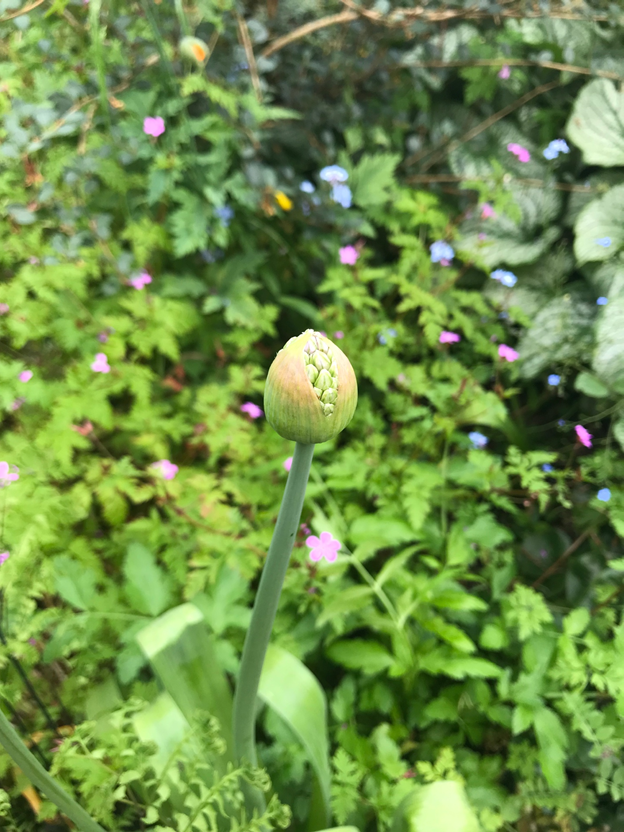
Lloyd writes, “I have no segregated colour schemes. In fact, I take it as a challenge to combine every sort of colour effectively. I have a constant awareness of colour and of what I am doing, but if I think a yellow candelabrum of mullein will look good rising from the middle of a quilt of pink phlox, I’ll put it there – or let it put itself there. Many plants in this garden are self-sown and they often provide me with excellent ideas. But I do also have some of my own!”
This attitude is everywhere on display in Lloyd’s profuse and exuberantly colored plantings. See: fabulous highlighter pink poppies starred with pale purple marks at the center that appear first in a deliberate bed in the sunken garden and then pop up, one or two flowers at a time, throughout the rest of the garden.
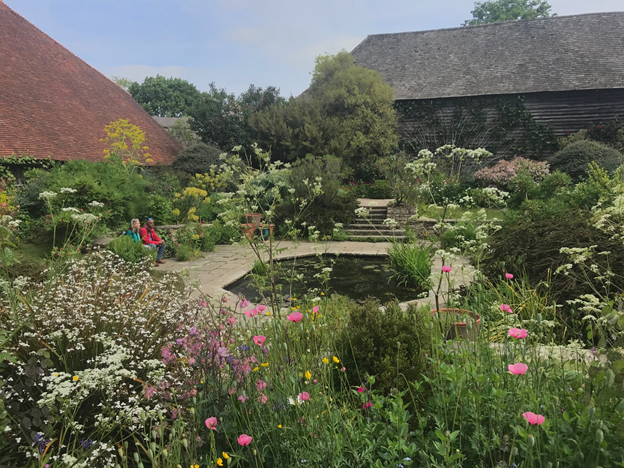

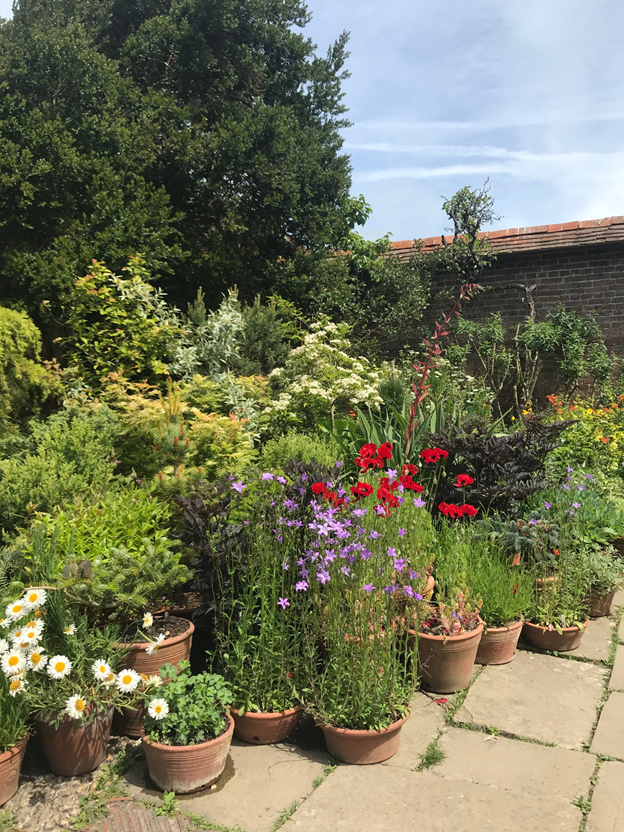
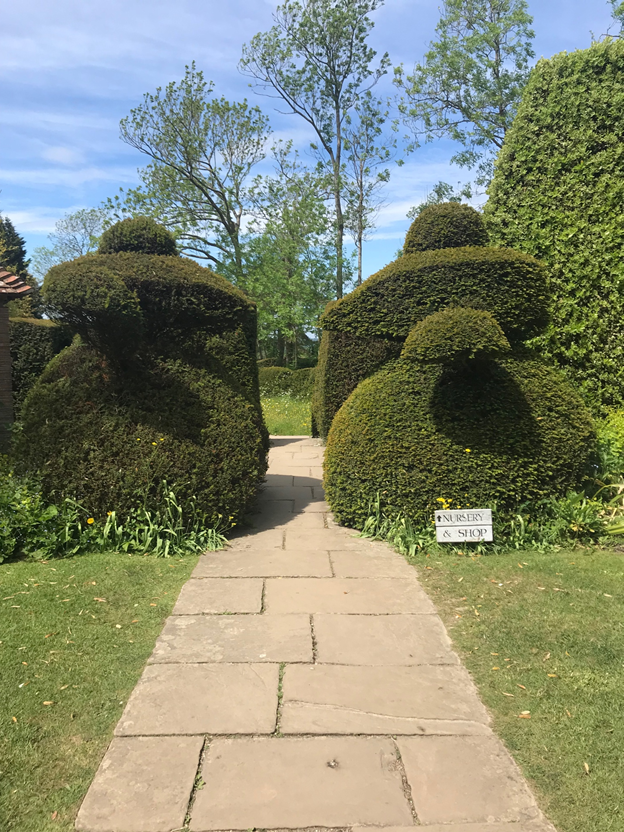
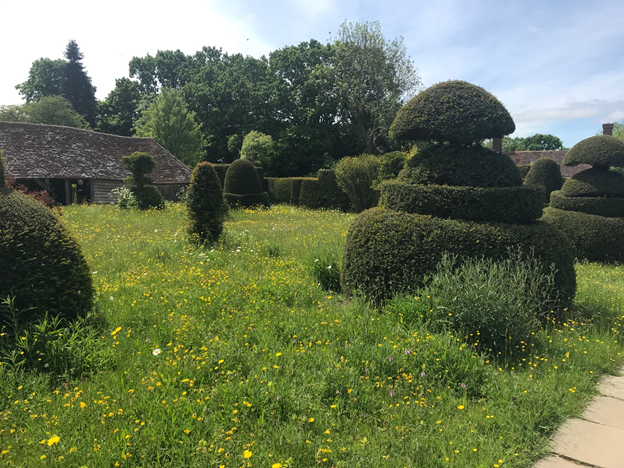
Perhaps the most memorable aspect of Great Dixter is its dense but delicate wildflower fields. They must be waded through rather than walked. They blow softly in the wind, and though appearing like some sort of natural miracle, the famous wildflowers are in fact carefully cultivated by the gardening team. Native and introduced plants combine to create a lush floral carpet in several of the garden rooms, as well as in meadows that extend out from the property. The wildflowers are cut twice a year, in August and late autumn, only once the contents have completely ripened and shed their seeds.
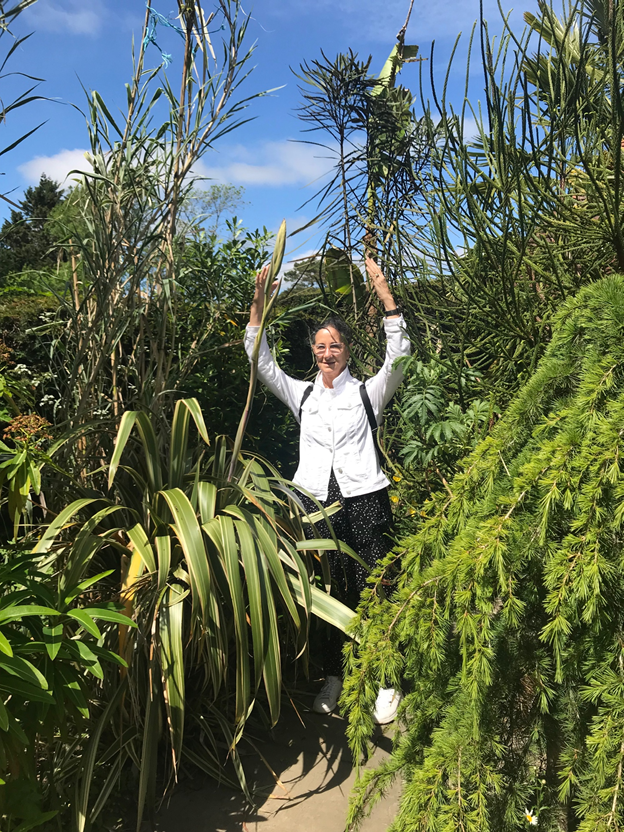
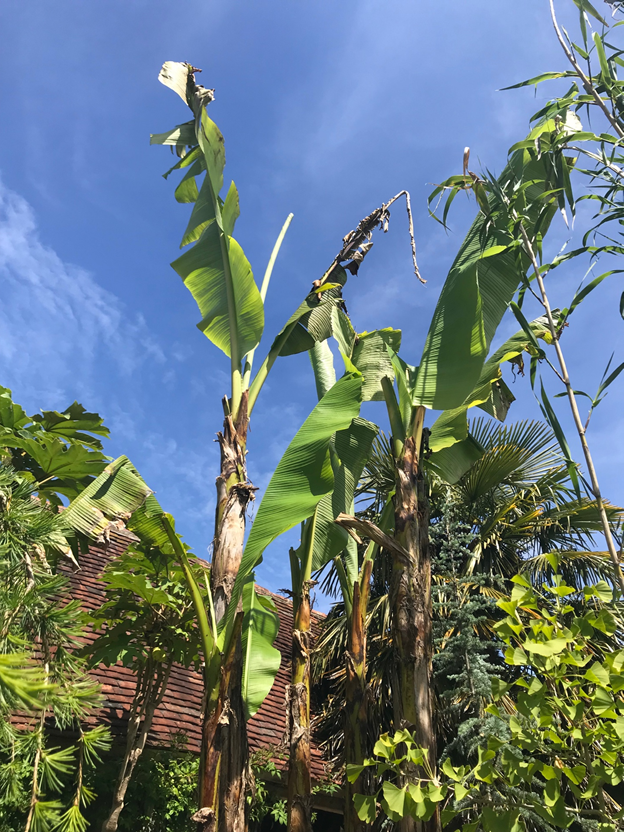
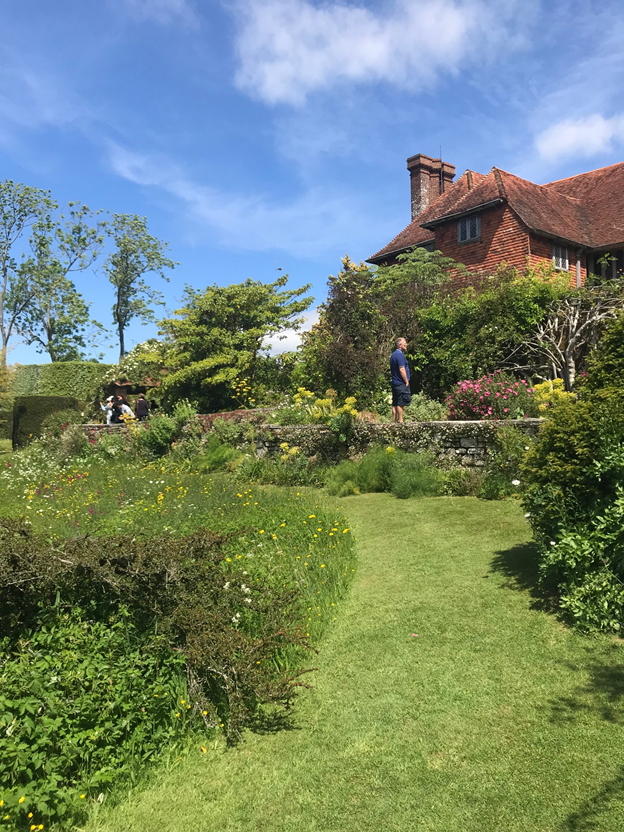
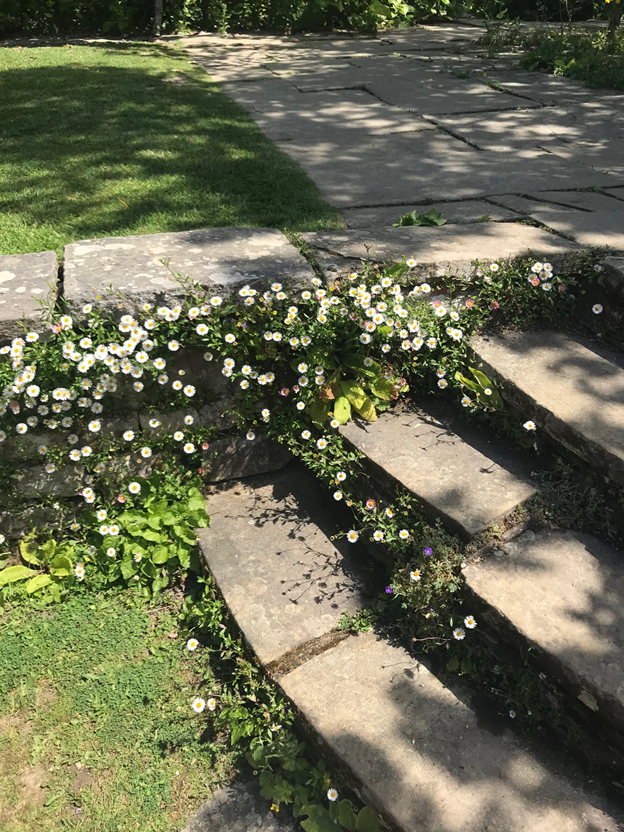
It’s not uncommon for a garden to happen on the ground, and in visiting so many of these green spaces, you may find your eyes continually at your feet. Not so at Great Dixter. Rather than looking down at flowers in low beds, you will find that the garden happens at hip height or higher. In one particularly transporting room, the plants are as tall as the visitors, or taller. Many droop from above to meet your uplifted gaze. Foliage brushes against your waist, chest and shoulders. The garden envelops you. To me, Great Dixter felt like a dream, and I began to cry as we moved from room to room, the sun coming out to push away morning clouds and reveal a blue sky.
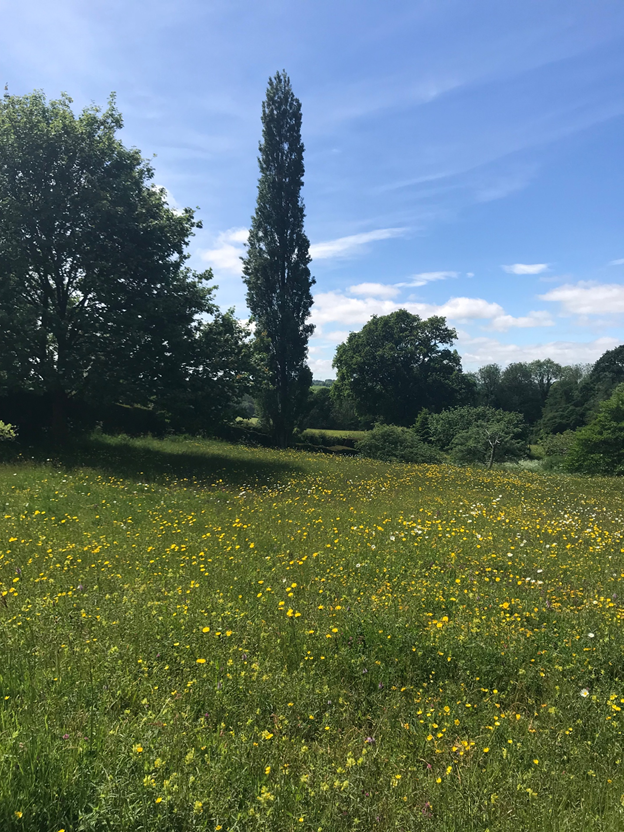
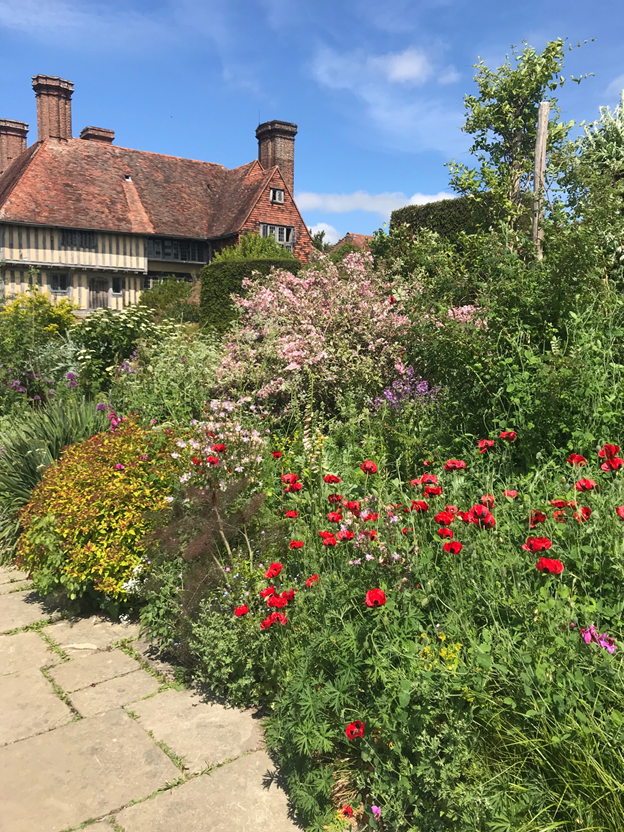
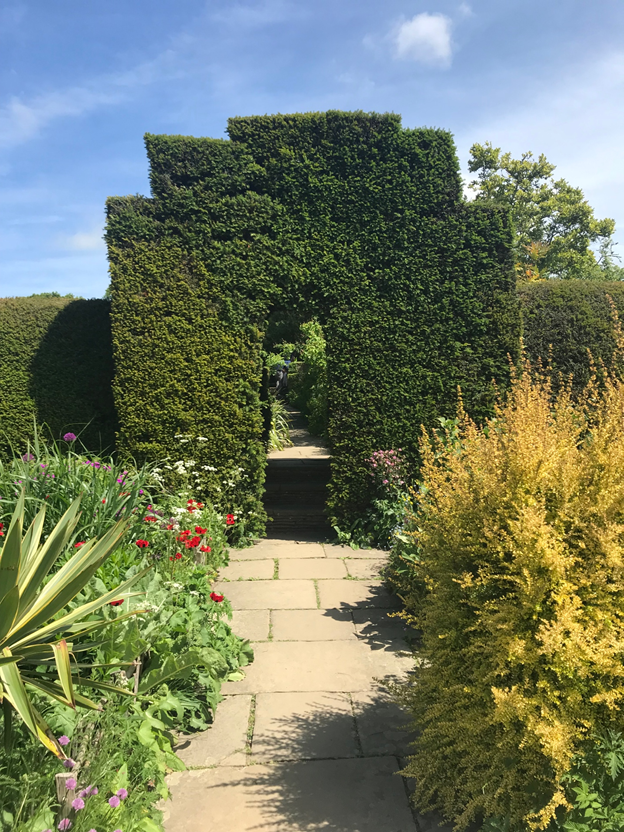
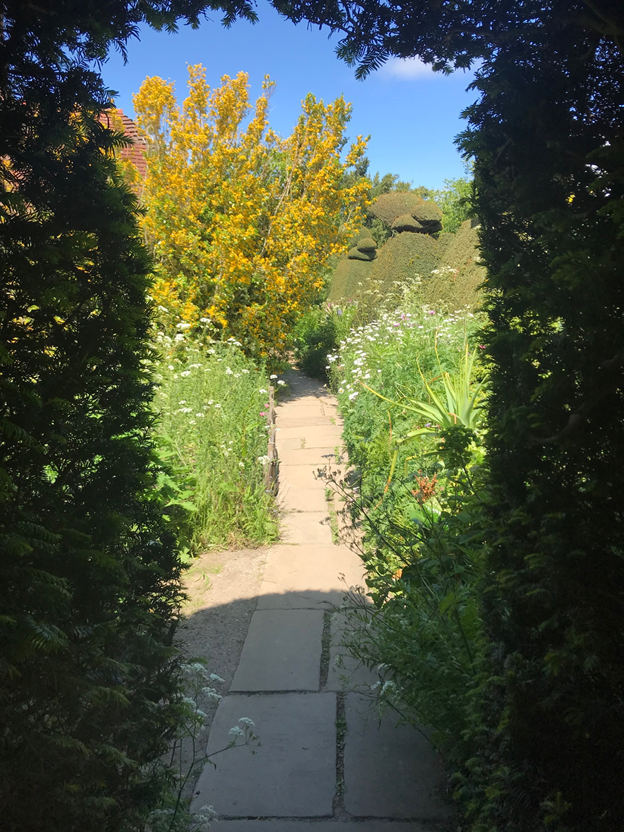
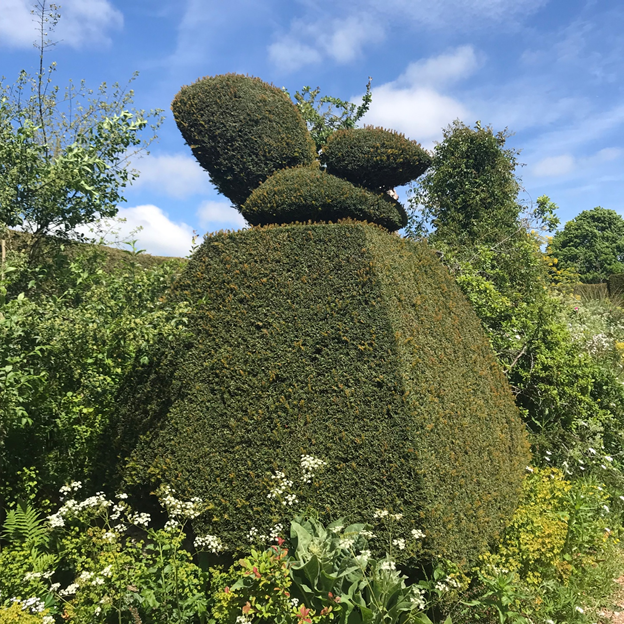
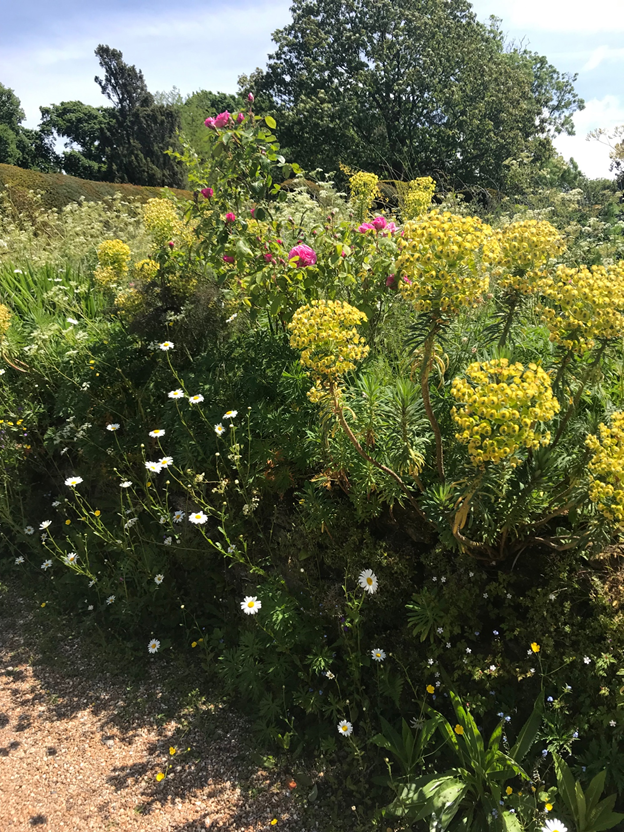
Plan to have lunch at Great Dixter, The Milk House or the next destination on the itinerary—Sissinghurst Castle Garden.
Since the middle ages, Sissinghurst has seen enormously diverse occupants and uses. A castle, a prison camp, a work house—the property was eventually purchased in the 20th century by Vita Sackville-West and Harold Nicolson, amateur gardeners and Bloomsbury Group intellectuals. They came to the property after Sackville-West’s ancestral home passed through primogeniture to her uncle and began from scratch to create what is now a world renowned garden.
The two had a loving, long term marriage; they were also gay, and both maintained relationships outside of their union. Sackville-West famously had an affair with writer Virginia Woolf. One of the couple’s sons, Nigel Nicolson, eventually published a book describing the unusual nature of his parents’ relationship. Titled Portrait of a Marriage: Vita Sackville-West and Harold Nicolson, the book catapulted the property into public attention. Thanks to the garden’s intriguing origins and romantic approach to planting, it is now among the most visited properties in the National Trust collection.
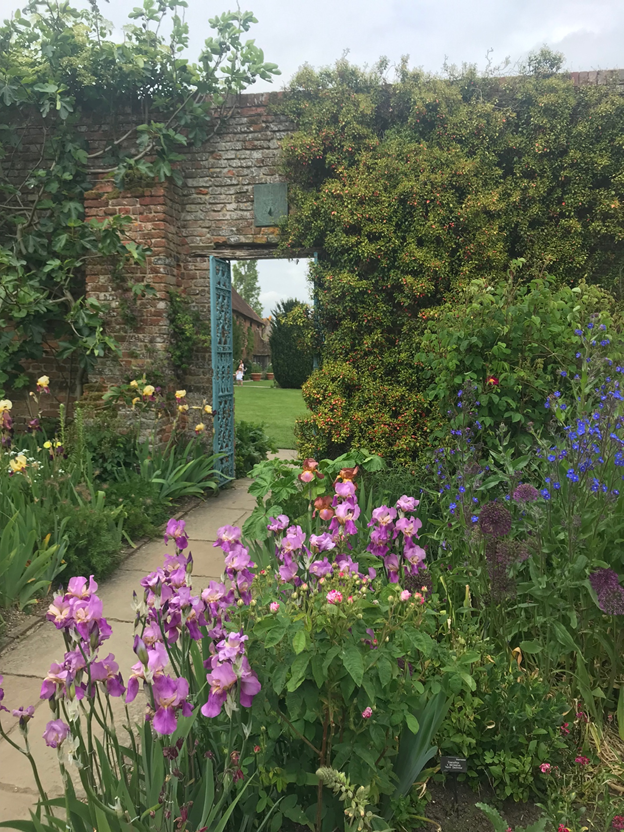
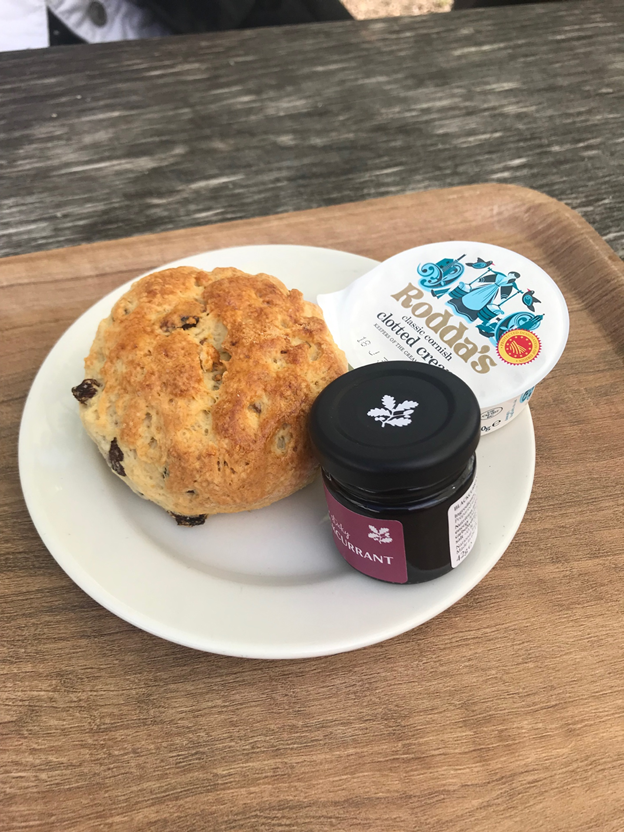
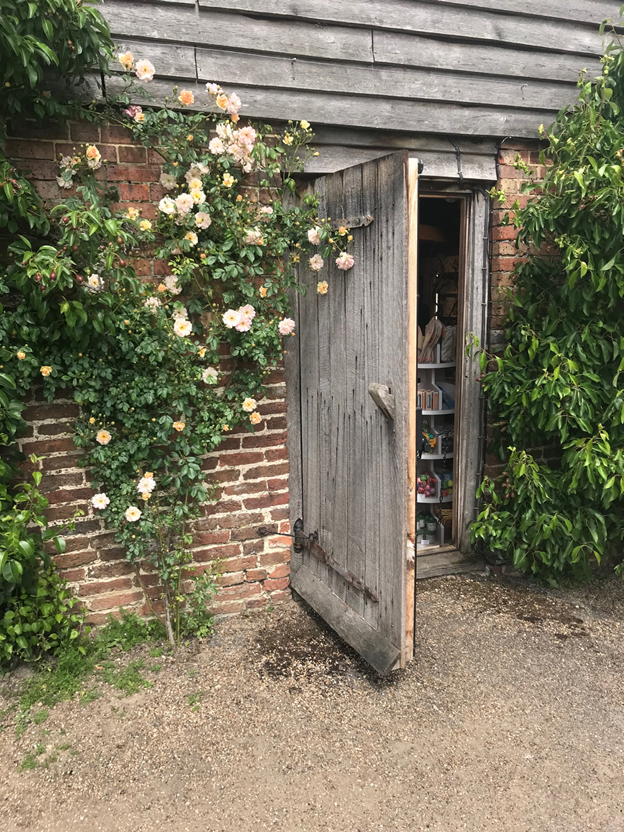
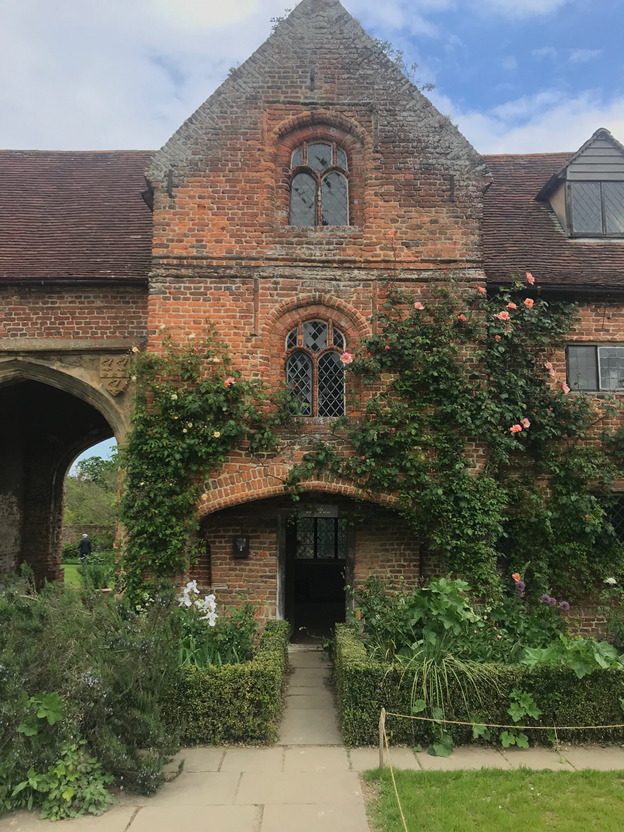
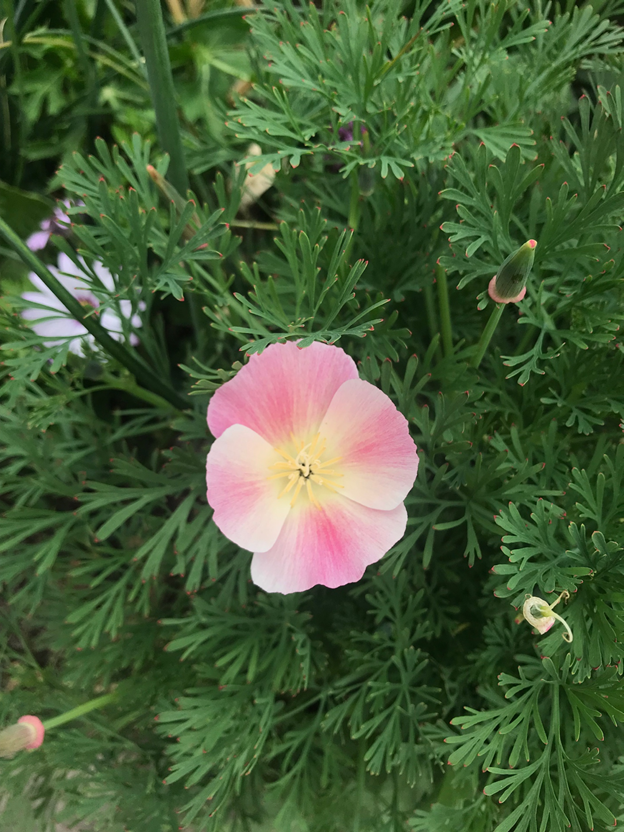
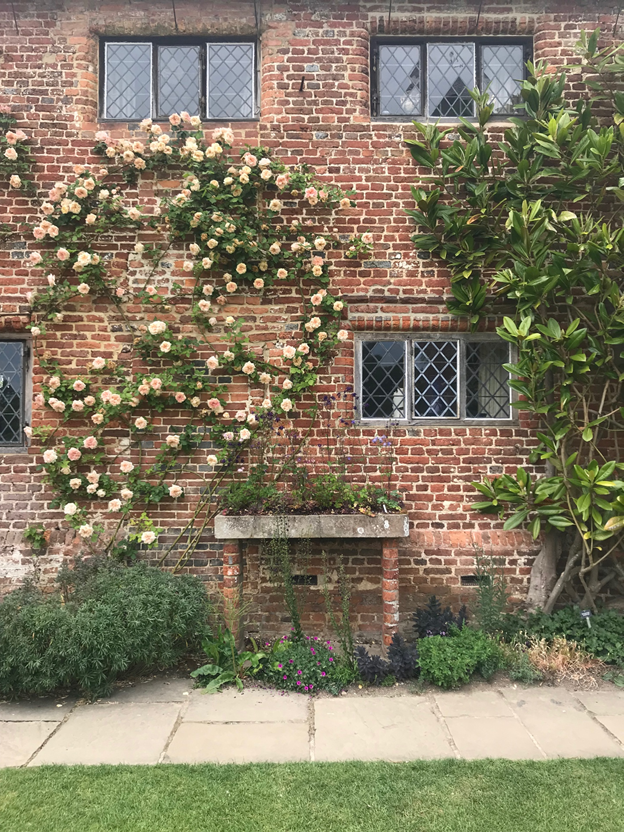
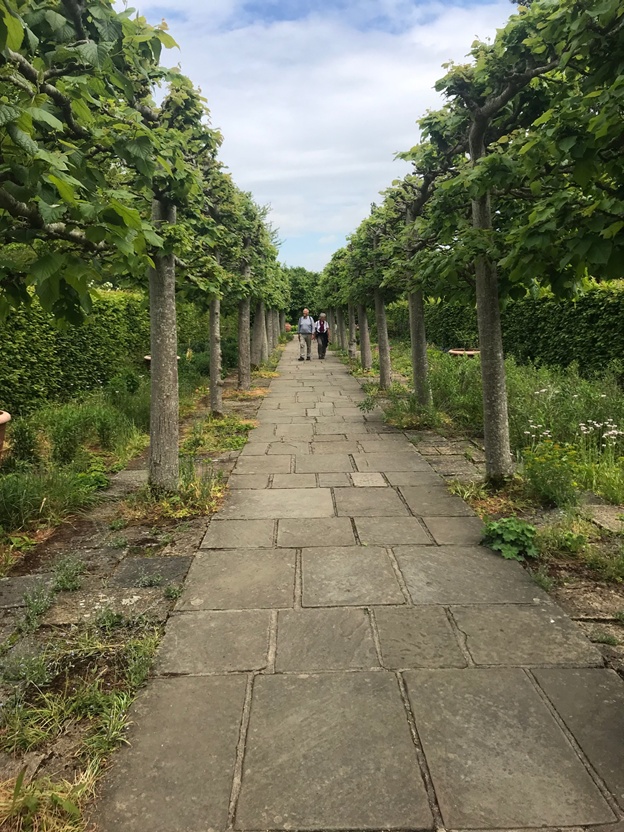
The garden is designed around a progressing series of garden rooms, one of the first to be made in this now traditional style. Old brick walls and yew hedges (see: some full and green, some cut back to their brown bones for a fresh start) define these rooms, which proceed on an axis around a central circle of trimmed green grass. Each room has its own delights, often organized by color. One—a riot of fiery red, orange and yellow blooms. Another—all white flowers set against a mixture of glaucous plants and green leaves.
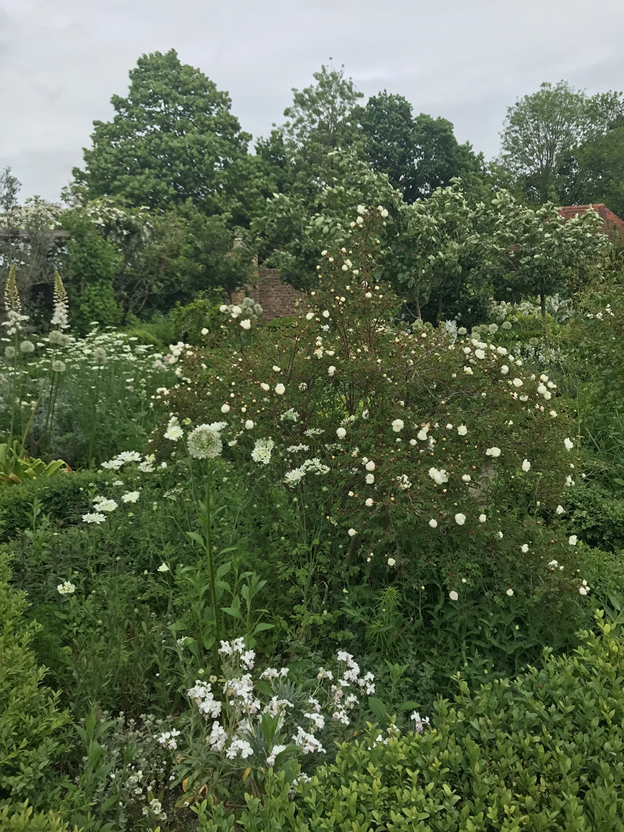
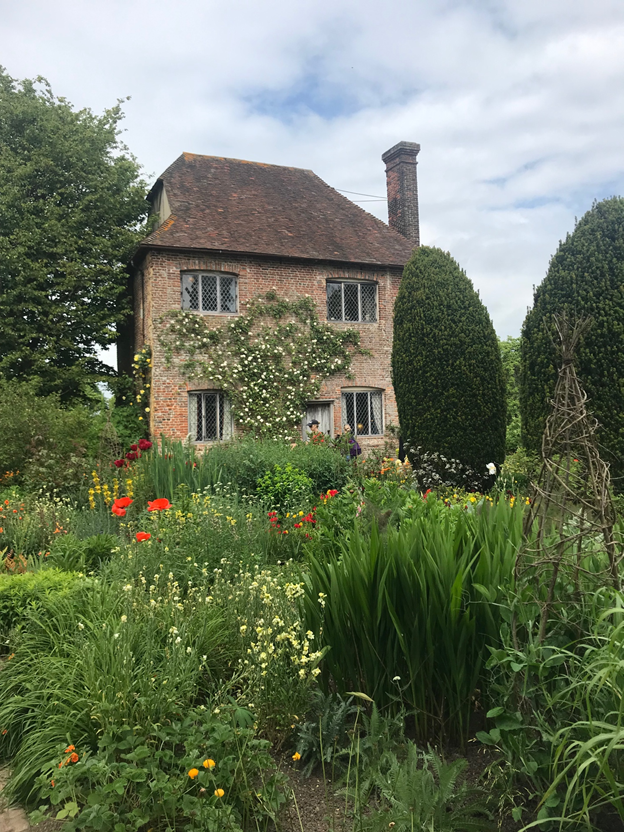
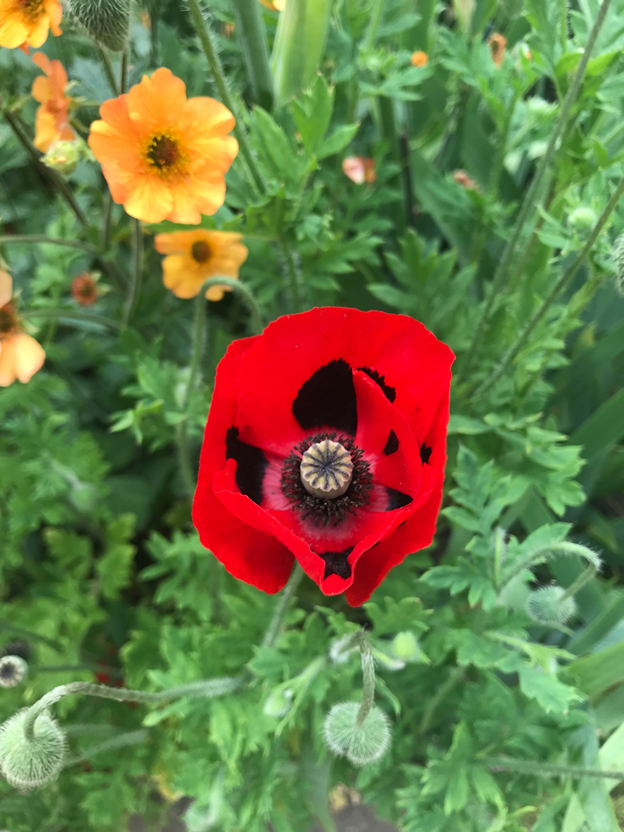
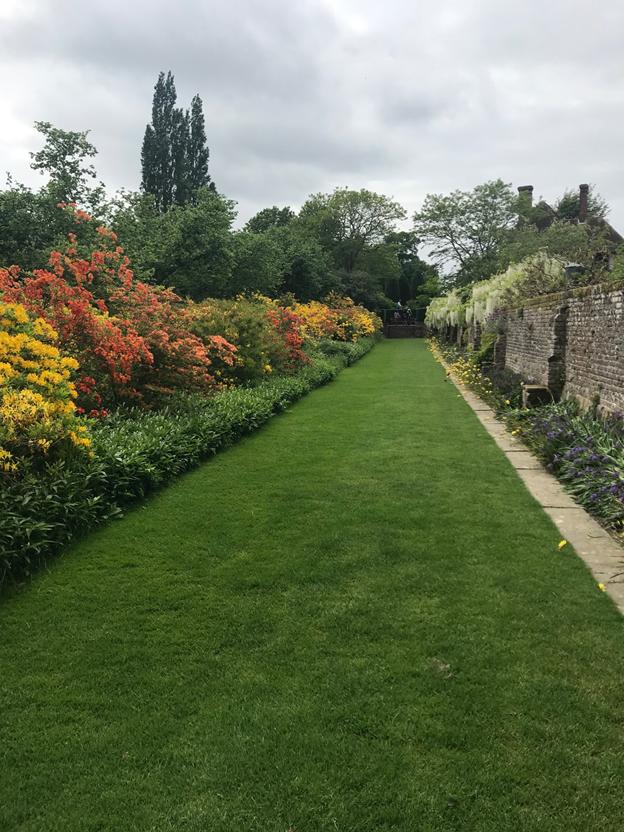

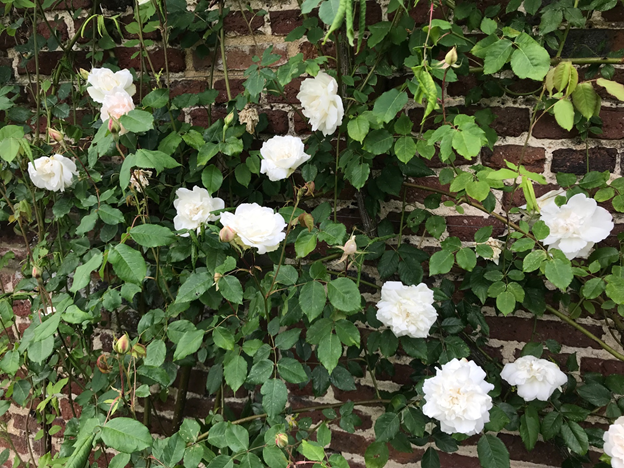
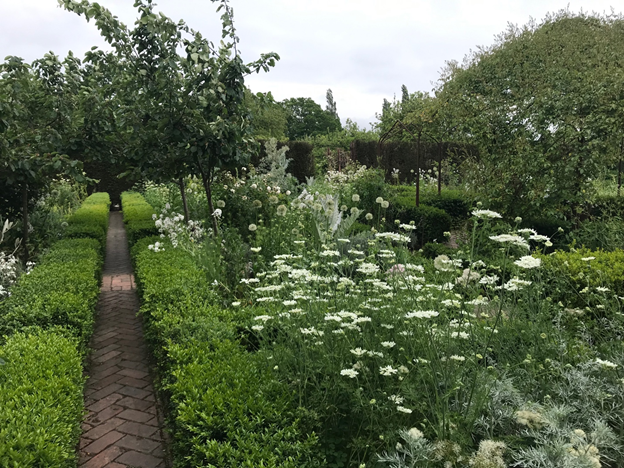
Sissinghurst continually spills over its own borders. An impossible profusion of tiny yellow roses blooms up Sissinghurst’s central tower. The climbing flowers are so numerous they appear to be a kind of cloud hovering against the body of the building. Sackville-West and Nicolson were passionate amateur gardeners, meaning they learned as they went. The property’s present gardeners do their best to keep this experimental spirit alive by limiting interference—allowing flowers to spread unexpectedly into new beds and heavy blooms to droop into the garden’s pathways. This lush, overgrown approach to planting creates a romanticism of atmosphere that is perhaps at the heart of the garden’s enduring charm.
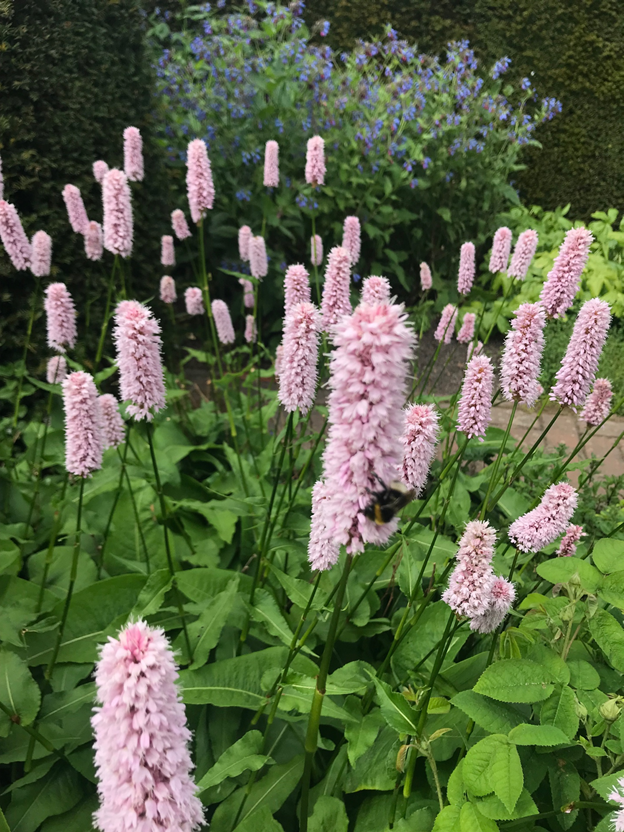
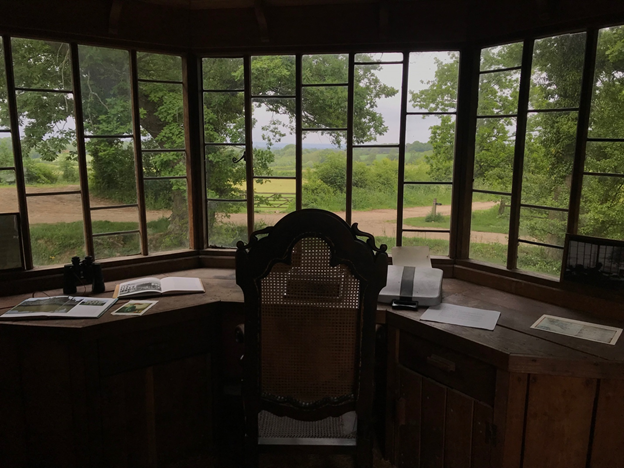
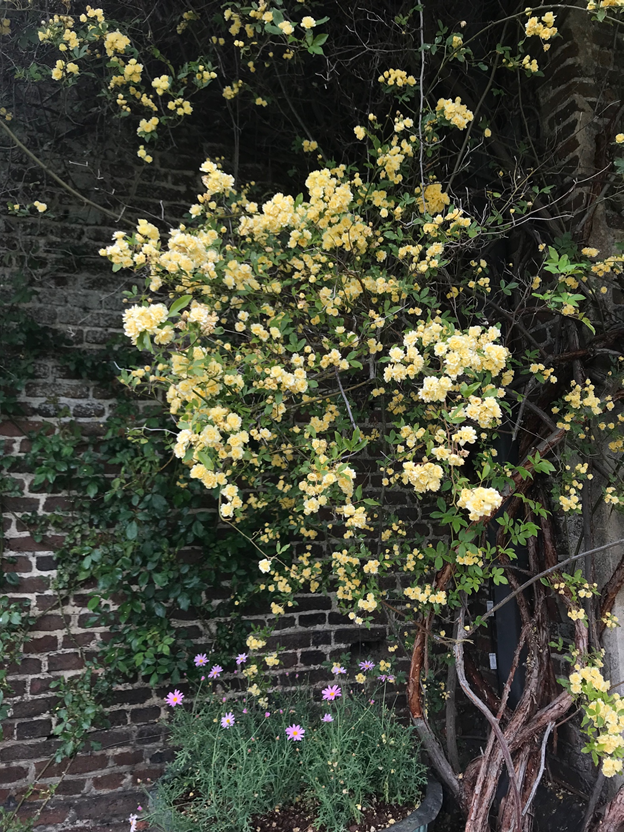
For dinner, head to The Three Chimneys. The pub’s name is a French pun based on its location at the intersection of three roads. It comes from the French prisoners who were detained at nearby Sissinghurst during the Seven Years’ War. Les Trois Chemins, French for “the three paths,” became The Three Chimneys. In addition to playful nomenclature, the pub offers good food and a pleasant garden, if you haven’t had enough greenery yet for the day.
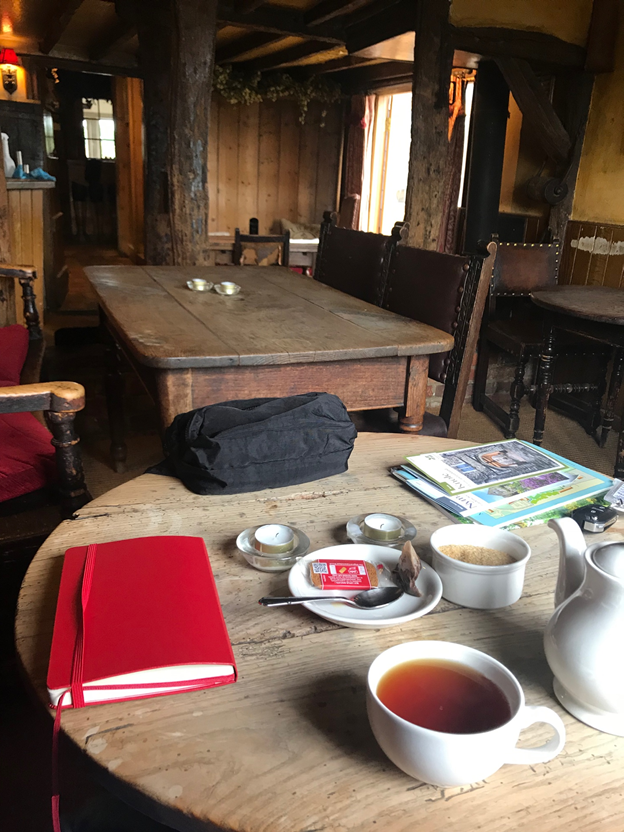
Condensed tour itinerary:
Day One: Leave London, lunch at Langshott Manor, visit Nymans, dinner at The Milk House, retire at Cloth Hall Oast Bed & Breakfast or Sissinghurst Castle Farmhouse.
Day Two: Visit Great Dixter House and Gardens, lunch at one of the gardens or return to The Milk House, visit Sissinghurst Castle Gardens, dinner at Three Chimneys, retire to same lodgings.
Day Three: Visit Pashley Manor Gardens, lunch at one of the gardens or Thackeray’s Restaurant, visit Penshurst Place, dinner at The Wheatsheaf, stay at Hever Castle Bed & Breakfast.
Day Four: Visit Hever Castle Gardens, lunch at Beaverbrook, return to London.
Nearby gardens that could be added to this tour: Knole, RHS Wisley, Chartwell, Lullingstone Castle, Great Comp Garden, Scotney Castle, Wakehurst, Godinton.
Sonia Feldman is a writer living in Cleveland, Ohio. Her writing has appeared or is forthcoming in Cultured Magazine, Pembroke Magazine and Juked. She operates an email newsletter, which sends one good poem a week. Find more of her work on Instagram.